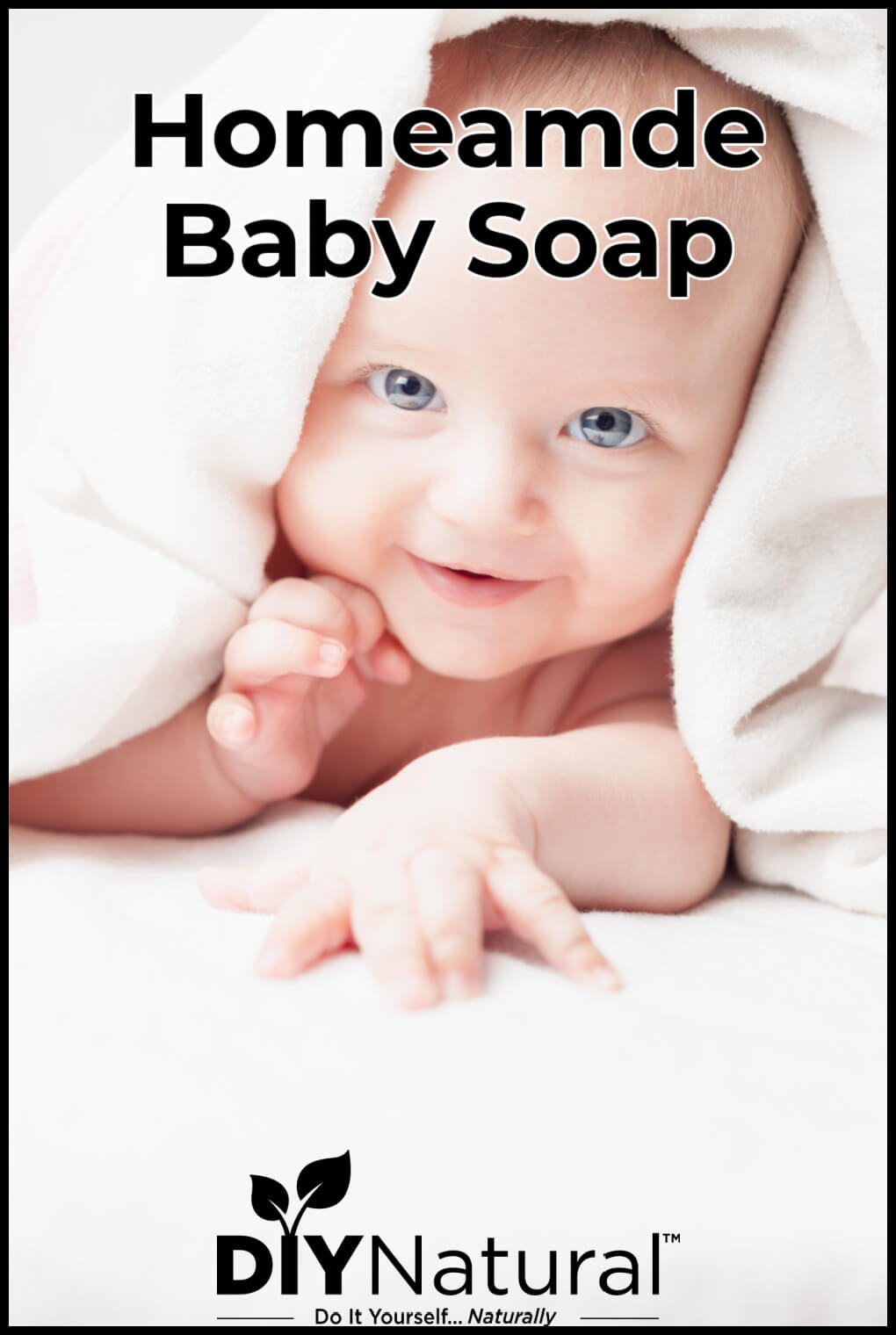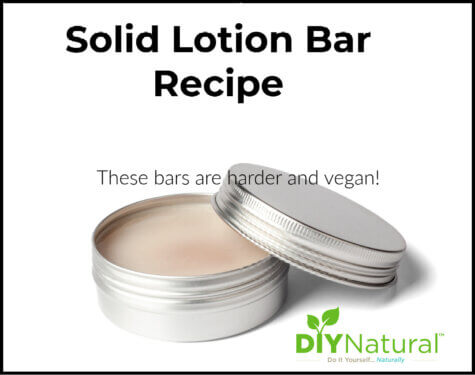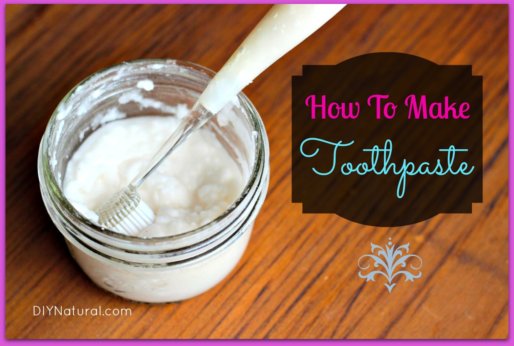
When striving to use natural products let’s remember our little babies! Wash their tender skin with this gentle and natural baby soap recipe.
It’s no secret that babies have tender skin. And their skin tends to get chaffed and chapped easily. Rashes, scratches, and bug bites all happen. And, babies get dirty. Really dirty! So, how do you clean them without causing more problems with their skin?
Homemade baby soap!
Baby Soap vs. Regular Bar Soap
Since babies have more sensitive skin, the soap you make has to be smooth and gentle. I don’t use any herbs in my baby soap but instead, rely on infused oils.
Normally when I make soap, I add oatmeal, dried herbs, and sometimes spices. All of these things are great in handmade soap, but they would scratch your baby’s tender skin. Hence, this baby soap recipe doesn’t use any dried herbs. However, using the oils means you’ll still get the essence from the herbs.
Baby Soap Recipe
Before you get started making your soap, you’ll need to infuse your oils.
Step 1: Infuse Your Oils
Infusion involves using dried herbs mixed into the oils you will use in your soap. Some herbs, like calendula, are hard to get essential oil from, and it tends to be expensive. Luckily, calendula infuses into oil very well. You end up with a rich oil that has the gentle healing properties of the calendula, or whatever herb you use while keeping the cost lower for this baby soap recipe.
Ingredients and Equipment
- Carrier oil (such as sunflower or safflower)
- Dried herb of your choice (such as calendula or lavender)
- A mason jar with a tight-fitting lid
- Sun and time!
Instructions
- First, place your dried herbs in your jar, making it about half full. You can use single herbs or mix several together for this baby soap. I use a mix of calendula, chamomile, lavender, and plantain. All of these are soothing, super healing, and safe for babies.
- Next, pour the oil over the herbs. You’ll want to cover the herbs by about a quarter of an inch. It’ll be hard to tell where you are with the oil at first because the herbs will tend to float. Cap the jar tightly, shake it, and set it in the sun (the window sill is fine in winter).
- After the first day, check your oil level. The herbs will tend to soak up some of the oil. If they appear dry, add more oil. Continue to check the oil level for the first few days. Add more oil if necessary.
- After 3 weeks, check the oil to see if it’s done. You’ll be able to tell when you get to that point as the mix will smell “toasty”. That’s about the way I would describe it. It may smell slightly floral, and could smell more green. A sure way to tell if it’s done is to look at the color. It may appear golden or green, depending on your herbs. But it will no longer be clear. There will be some color to it either way.
- When your oil is done, strain it through a double or triple layer of cheesecloth and set it aside.
Notes
You’ll notice that no amounts are given for the ingredients of this baby soap recipe. This is so that you can adjust the amount for the size of the jar you use and the amount of oil you want to end up with. For my calendula oil, I use a quart jar since I use a lot of the oil for other soaps. For other herbs, such as lavender, I use a pint jar, since I won’t need quite as much oil.
Step 2: Make your Baby Soap
This baby soap recipe is one of the only soap recipes that use cups for measuring rather than weights. The full instructions are here. Always use safe practices when using lye.
Ingredients
- 2/3 cup infused oil (from above)
- 2/3 cup olive oil
- 2/3 cup coconut oil (solid, but melted to measure)
- 1/4 cup lye
- 3/4 cup water
Instructions
- Measure the water into a mason jar. Measure the lye and slowly add to the water, stirring as you go. The lye will fume for the first 30 seconds to a minute. Use a mask if you like, but it’s safe if you don’t stand directly over the jar. You can stop stirring when the lye is fully dissolved, after a few minutes. The lye water will be very hot. Set aside to cool.
- Measure the oils you choose for this baby soap recipe into a heat-proof bowl. I use stainless steel, but ceramic-coated or glass bowls will work. It’s important to note that the coconut oil must be solid oil, not fractionated or MCT liquid oil. These don’t work the same way in soap. But the solid oil must be melted to liquid so that it will measure correctly.
- When your lye and oil reach a combined temperature of around 200°f, slowly add your lye mixture to your oils. Stir by hand for 5 full minutes. It’s tempting to use an immersion blender right away, but you could achieve a false thickness that will fall apart later. The idea is to get all of the lye to come in contact with all of the oils. You’ll feel the blend getting thicker close to the five-minute mark. Then you can use the immersion blender. Keep the blade at the bottom of the bowl so that your soap batter doesn’t splatter all over. In a few minutes, your mix will start to thicken up. Use a spatula to scrape the sides to be sure all of the soap is blended. It may look kind of coarse like applesauce. Keep blending. You’ll want it smooth and creamy.
- Once your baby soap mix is thick, you can pour it into the mold. I use a round silicone mold that is 3 inches across and an inch thick to make a four-ounce bar. This amount will make 5-6 four-ounce bars. You can also use a loaf mold and cut it later. I would personally stick with silicone molds as they are much easier to get the soap out of. Plastic molds do work, but you may need to freeze the soap for 20 minutes or so to remove the soap.
- For this baby soap recipe, let your soap stay in the mold for 24 hours or so. Feel the underside of the mold. If it is cool, it’s safe to remove it. If it’s still a bit warm, wait just a bit longer. When you take the soap out of the molds, you can cut it into smaller bars or leave it as it is. Larger loaf molds need to be cut now. If you wait, it will be too hard to cut later. Place your soap on a parchment-lined old cookie sheet (no aluminum!), Keep it in a safe spot, like on top of the refrigerator, for 4-6 weeks. The longer you can wait, the milder and harder the soap will be.
Notes on Using Lye
You may be concerned about using lye in soap. The lye is no longer present in soap when it fully cures. This is one of the reasons the soap has to sit for so long. All soap is made with lye, but the lye converts the oils to soap. It’s perfectly safe.
That’s it for an easy and all-natural baby soap!
*******



